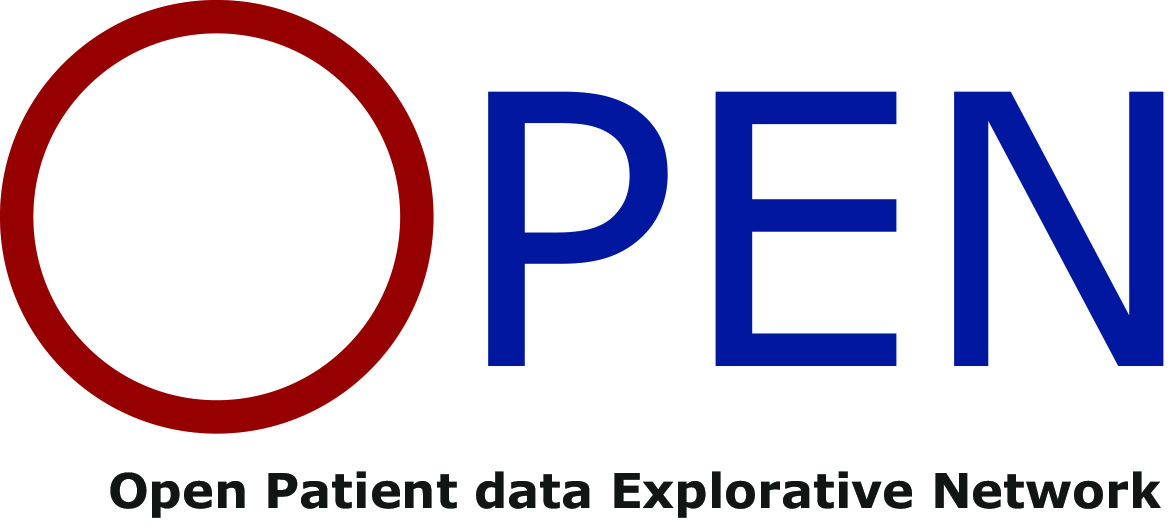
MD, phD-student
Christine Graversgaard Adams
The Danish Centre for Expertise in Rheumatology, Danish Hospital of Rheumatic Diseases, Soenderborg
| Project management | ||
| Project status | Open | |
| Data collection dates | ||
| Start | 01.09.2025 | |
| End | 01.09.2026 | |
Validation of the APS-diagnosis in the Danish National Patient Registry
Short summary
This study validates the APS diagnosis in the Danish National Patient Register by reviewing records of patients coded with APS to assess whether they meet international criteria. We also explore if diagnostic accuracy improves by combining registry data with lab and medication data. The aim is to improve the reliability of registry-based research in APS and rare autoimmune diseases.
Rationale
Antiphospholipid syndrome (APS) is an autoimmune disease that can cause thrombosis and/or pregnancy complications. Diagnosis requires both clinical and laboratory criteria and specialist evaluation. In Danish health registries such as the National Patient Register, APS is routinely coded, but the accuracy of these diagnoses is unknown. This lack of validation may compromise the quality of APS research based on registry data.
Description of the cohort
The study cohort consists of individuals registered with a first-time (incident) ICD-10 diagnosis code for antiphospholipid syndrome (APS; DD686F) as a primary diagnosis (A-diagnose) in the Danish National Patient Register (LPR) between January 1, 2015, and December 31, 2023. We aim to include at least 650 individuals (maximum 1700), aged 0 years or older, with each individual included only once regardless of multiple diagnoses within the period. The cohort is subdivided into four populations: Population 1: At least 200 patients with incident APS diagnosis assigned at one of five specialized Danish hospitals (Aarhus University Hospital, Odense University Hospital, Rigshospitalet, Vejle Hospital, or the Danish Rheumatism Hospital), evenly distributed across the study years. Population 2: At least 150 patients from Population 1 who also have one or more positive laboratory test results for antiphospholipid antibodies (defined by specific NPU codes for anticardiolipin, beta-2 glycoprotein 1, and lupus anticoagulant) within a 0 to 36-month window around the diagnosis date. Population 3: At least 150 patients from Population 1 with one or more relevant prescriptions recorded in the Danish National Prescription Registry within ±6 months of the diagnosis date. Relevant medications include anticoagulants, antimalarials, corticosteroids, immunosuppressants, and others commonly used in APS treatment (defined by specific ATC codes). Population 4: At least 150 patients fulfilling criteria for both Populations 2 and 3-that is, with both positive antibody tests and relevant medication records around the time of diagnosis. If the minimum numbers cannot be reached for each subpopulation, as many patients as possible will be included. Region South Denmark has approved data extraction for up to 1700 patient records. To reach this total, if needed, the cohort will be supplemented first with additional patients with incident APS diagnoses nationwide without laboratory or medication restrictions, and then if still insufficient, with secondary diagnosis codes or incident diagnoses outside the time window.
Data and biological material
Data from the DNPR, Laboratory Database and The Danish National Prescription Registry combined with data from patient records.
Collaborating researchers and departments
Department of Rheumatology, Aarhus University Hospital
- Anne Margrethe Troldborg, assoc. Prof